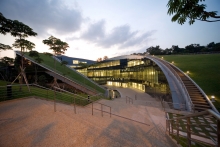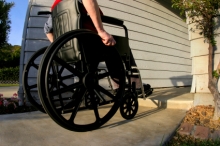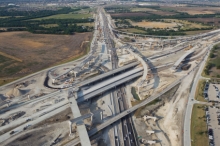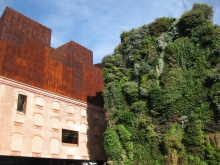Solar Renewable Energy Certificates (SRECs)
Solar projects have taken off around the United States and the rest of the world in the past few years, partly because of higher energy costs and increases in financing options. The U.S. federal government has created many such options, including tax credits and grants. Lately, solar renewable energy certificate (SREC) programs at the state level have caught the industry’s attention. SRECs have begun to take shape as creative financing tools for all types of solar projects. In both residential and commercial projects, SRECs have proven to be the difference in financial feasibility.











